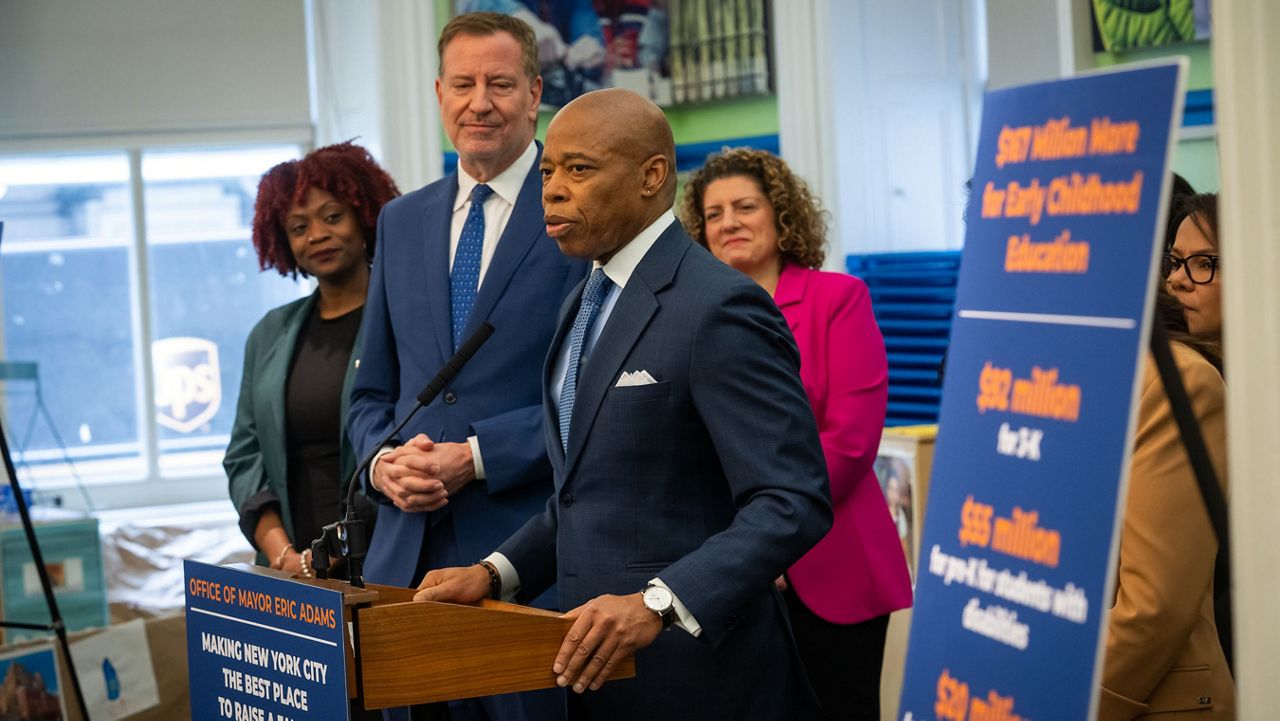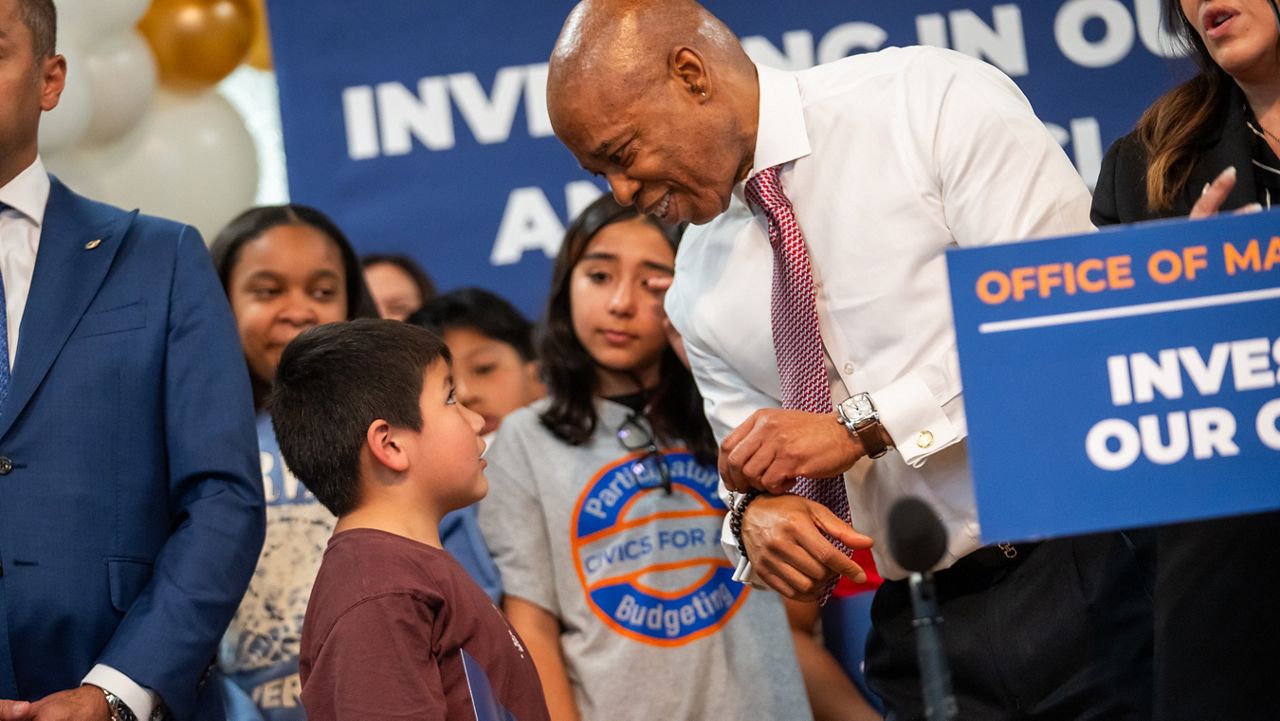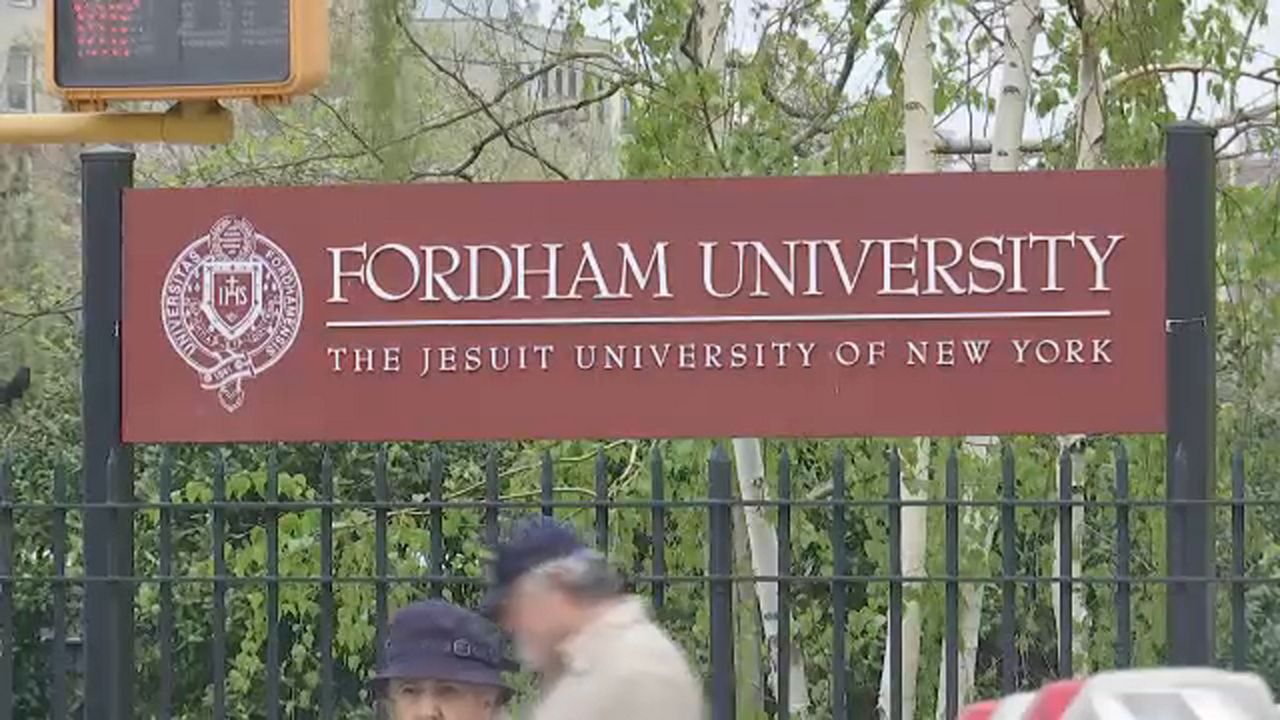Joel Grayson is demonstrating how he helped run an experiment on materials that could be used to build things like solar panels.
“Solar panels have been so successful, but, you know, there are some issues like toxicity. And so I think it’s always important to be researching future renewable energy. So this is alternative-alternative energy, if you will,” he said.
It’s a pretty advanced niche field to study — especially at just seventeen years old. But it’s the kind of project high schoolers get to work on at ARISE, a free seven-week summer program at NYU Tandon Engineering School.
“If you told me last summer that I would be doing the things I was doing this summer. I would think it was someone else,” Grayson, a student at Riverdale Country School, said.
In addition to hands-on lab work in fields like chemical engineering, computer science, machine learning and climate change research, students learn about scientific ethics and how to present their findings.
“We want to make sure that they are that whole, well-rounded scientists who can communicate, who can write, who can act ethically in the work that they do, and who are focused particularly again on that authentic research idea, which is solving problems that are real-world problems,” Ben Esner, director of the Center for K12 STEM Education at NYU Tandon, said.
Another group of students worked together to reinvent the steel construction i-beam.
“This new method is basically like a jigsaw puzzle, where you have these cutouts or teeth that essentially connect the beams together to make it more modular and compact and easier for people to be able to make these connections,” Adrian Rodriguez, 16, a student at A. Philip Randolph Campus High School, said.
“So if you imagine that this is the top flange and the i-beam, a bracket would go on top. It would be bolted on here and then be fastened on with bolts and washers,” Ollintzin Mortera, 15, a Brooklyn Tech student, demonstrated.
The students also created a 3-D printed model of the project.
“Since we were having this advanced technology, like at our fingertips, it’s just so fun to be able to experiment,” Amber Tang, 16, who also attends Brooklyn Tech, said.
Getting in the program requires a long application process, with nearly a thousand applicants for just 65 slots this year. For these students, it was worth it.
“I was honestly pretty excited for it. It’s something that I [have] never experienced. So it was — I was really proud to get in to get to experience this,” Lilanie Robalino, 15, a student at the Academy for Software Engineering, said.









